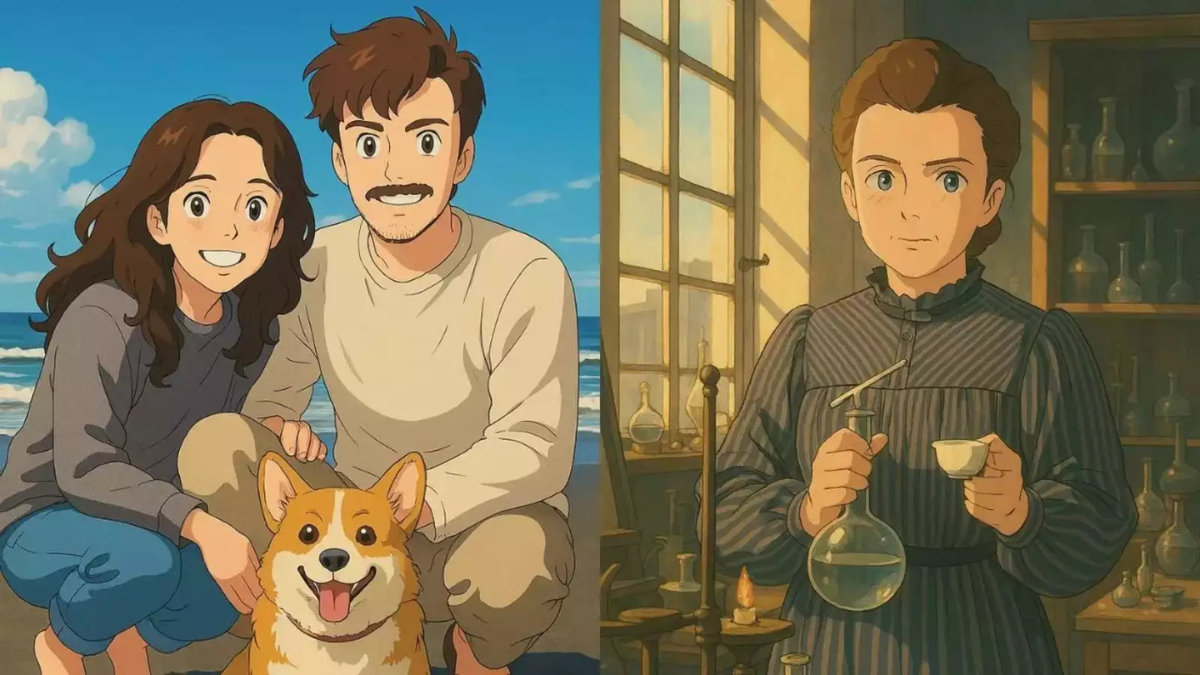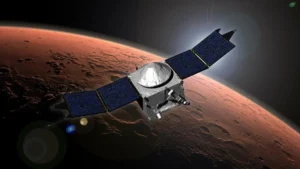Recently, Ghibli-style art has gone viral online due to AI-generated images that mimic the studio’s aesthetic. OpenAI’s GPT-4o has allowed users to create Studio Ghibli-style illustrations of themselves, famous personalities, and even historical events. This new AI feature has sparked a wave of viral images, with social media flooded with Ghibli-inspired artwork of public figures, fictional characters, and personal portraits.
OpenAI’s ChatGPT Studio Ghibli image generator has played a significant role in this trend, enabling users to create highly detailed, AI-generated Ghibli-style images with minimal input. The tool captures the essence of Studio Ghibli’s unique visual style, incorporating soft color palettes, whimsical elements, and intricate backgrounds. This has led to a surge in user-generated content, with brands and individuals alike embracing the trend.
Understanding Ghibli
The term Ghibli is widely recognized due to Studio Ghibli, the legendary Japanese animation studio known for its breathtaking hand-drawn animation, emotionally resonant storytelling, and intricate world-building. However, the word “Ghibli” itself has an interesting origin and multiple meanings beyond just the famous studio.
The Origin of the Word “Ghibli”
The name Ghibli comes from the Libyan Arabic word referring to a hot desert wind that blows across North Africa. It was historically used by Italian pilots to describe a warm Mediterranean wind. Hayao Miyazaki, one of Studio Ghibli’s founders, chose this name to symbolize the studio’s goal of bringing a fresh, new wind to the world of animation.
Studio Ghibli: A Revolution in Animation
The Birth of an Iconic Studio
Studio Ghibli was founded in 1985 by three renowned figures in the Japanese animation industry: Hayao Miyazaki, Isao Takahata, and Toshio Suzuki. The studio quickly gained international fame for its commitment to hand-drawn animation, stunning visual details, and captivating storytelling.
Signature Ghibli Art Style
Ghibli’s animation style is distinct and highly recognizable. It is characterized by:
- Soft pastel color palettes that create a nostalgic and dreamlike atmosphere.
- Detailed backgrounds inspired by real-world landscapes and traditional Japanese aesthetics.
- Expressive character designs that feel deeply human, even in fantasy settings.
- Hand-drawn animation techniques that prioritize fluidity and realism.
- Magical realism that blends everyday life with fantastical elements.
Notable Films and Their Impact
Some of Studio Ghibli’s most famous films include:
- My Neighbor Totoro (1988) – A heartwarming tale of two sisters who encounter a friendly forest spirit, Totoro.
- Princess Mononoke (1997) – A powerful story about the battle between humans and nature, featuring breathtaking action sequences.
- Spirited Away (2001) – An Academy Award-winning masterpiece about a young girl trapped in a mystical bathhouse.
- Howl’s Moving Castle (2004) – A fantasy adventure filled with magic, love, and anti-war themes.
Ghibli Beyond Animation
While Studio Ghibli is best known for its films, the name has expanded into other forms of media and cultural influence:
Ghibli Museum
Located in Mitaka, Japan, the Ghibli Museum offers fans a chance to explore original sketches, interactive exhibits, and recreations of famous Ghibli film settings. It’s a must-visit destination for lovers of animation and storytelling.
Ghibli-Inspired Art and AI Trends
Recently, Ghibli-style art has gone viral online due to AI-generated images that mimic the studio’s aesthetic. OpenAI’s GPT-4o has allowed users to create Studio Ghibli-style illustrations of themselves, famous personalities, and even historical events.
Miyazaki’s View on AI and Technology
Despite the popularity of AI-generated Ghibli-style art, Hayao Miyazaki has been vocal about his disapproval of AI in animation. He believes that true animation should be crafted with human touch, emotion, and artistic integrity, rather than relying on technology.



 NASA Loses Contact with MAVEN Spacecraft...
NASA Loses Contact with MAVEN Spacecraft...
 US FDA Qualifies First AI Tool to Accele...
US FDA Qualifies First AI Tool to Accele...
 11th India International Science Festiva...
11th India International Science Festiva...







